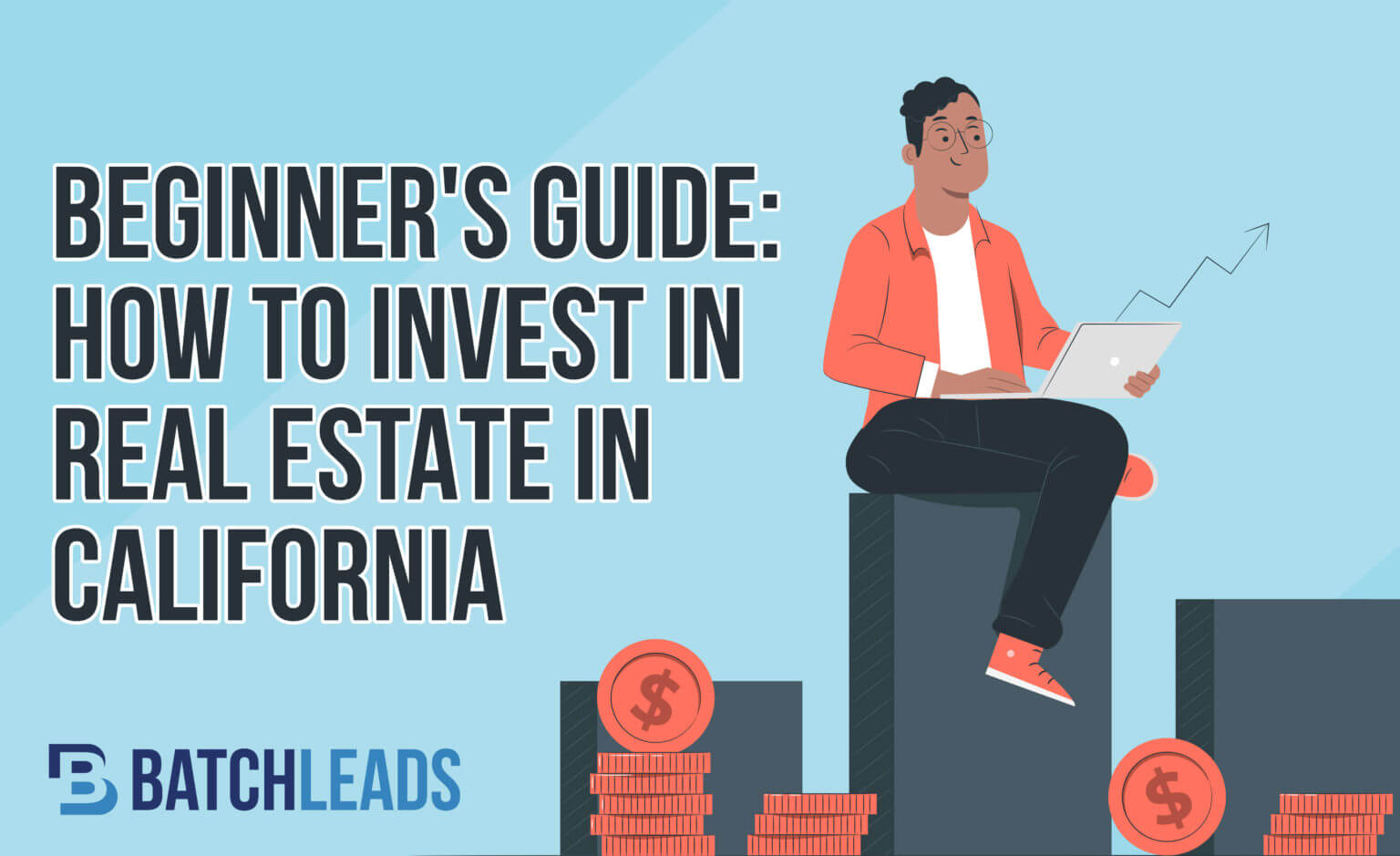Real estate has long been viewed as a necessary part of a well-diversified investment portfolio. Still, in the last decade, it has grown massively in popularity as a primary investment strategy. More and more new investors choose to focus on properties every year, and many of them find success even as the market continues to become more crowded. Investors in California manage a variety of paths. In doing so, they realize a return so they can make the most of a niche while hedging their risks with alternative property investment structures. This leads to more and more investment success stories with every passing quarter.
Ways To Make Money by Investing In Real Estate
There’s almost no limit to how you can turn a profit with real estate if you have imagination. There are, however, a few prevalent channels that tend to work well for investors at all levels. Some require more capital upfront than others, but wise investment in the properties you can reach today will yield the capital needed to branch out in the future. For most first-time investors, wholesaling and flipping are attractive because they reach a return quickly and in a way that allows you to put your entire ball of working capital to use in the next deal.
Flipping Homes
House flipping is one of the most accessible ways to get into real estate investment because short-term financing aimed at those using a fix & flip strategy is widely accessible with little down. If you have the capital to handle the improvements and remarketing, you can generally find a way in. Those who know how to spot neighborhoods with rapidly rising values can maximize their investments to reach incredible returns, but it takes skill and practice. Of course, you need to be able to afford to make the necessary improvements while still turning a profit on the eventual sale, so you need to understand what the market cap is in each neighborhood you look at.
Commercial Real Estate Redevelopment
When you buy commercial properties like offices or retail spaces and improve them for a turnkey investor, you have the opportunity to employ the same strategies that were successful for flipping houses to turn into higher-value buildings. Improving and reselling apartment buildings and hotels can be incredibly lucrative if you know when to move. This takes more capital than home flipping, but it’s not more challenging if you research before jumping into the market. To make the most of your money with each deal, you should work in growing industries; rehab neglected properties, and market to the companies that will provide jobs to the area.
Property Management
Sometimes, a deal is just too good to let go of right away. If you have rehabilitated a high-value home, apartment, or commercial space in an area where rent is rising rapidly, you can also try using it for long-term income yourself. Hiring a property management firm makes it easy to move on, but there is another option. You can make a steady income doing property management for others if you’re willing to invest in the tools to make it efficient. This allows you also to absorb the costs of managing your buildings into the overhead for the property management business. Whether you go for passive income or make it your niche, a couple of buildings you hold for income should be on your list of long-term portfolio goals.
Real Estate Speculation
You can always buy properties in areas that are likely to see rapid development soon and hold them without improving. Speculation on the future value of a low-priced property is one of the oldest forms of investment, and on a long enough timeline, it usually pays off. This can be a risky option for investors looking to turn around a resale in just a few months to a couple of years. It’s not always possible to know how long it will take for an area to become someone’s pet project unless you make it one yourself.
Wholesaling Property
Another investment method that does not require improving the property is wholesaling. The difference between being a wholesaler and a speculator is simple. Wholesalers do not buy to hold. Instead, they seek out buyers looking for a type of property and sellers holding possible matches. Sometimes the property passes through their hands or gets held for a while, but those delays are anticipated and structured for the most part.
Tips For Getting Started
Looking at the list of common investment models, it’s easy to see why most first-time investors choose between flipping and wholesaling, with a few opting for income properties. The strategy for new investors tends to be the same for any of these methods. Start with a modest investment and research the market cap carefully. Consider whether you will be in better shape with a quick sale or a more extended-term income stream and asset.
- Not only do well-managed income properties pay for their costs and generate returns, but they can also be refinanced for working capital
- Financing also lets you focus your capital on quick improvements, making interest-only payments until you sell
- Wholesaling is often easiest for getting started if you have no properties in your portfolio and a small amount of working capital
- Generating leads is essential to any investment method, and it is especially true if you are dealing with marketing restrictions due to California’s real estate licensing laws
- Consider getting a real estate sales license to access the multi-listing system so you can market your properties and place direct offers on prospective purchases
With the right combination of balanced and diverse investments, purposeful financing, and reinvesting profits in tools like lead generation, it is not that hard to make money in real estate in California.
Navigating Your First Property Investment
If your main goal is fast portfolio growth, it’s not the best idea to start with a long-term income property. Most investors do not have enough capital to close for cash on those properties, which means tying up your working capital and committing to financing costs that take part of the building’s income. Focusing on resale methods like flipping or wholesaling is the best way to keep your working capital liquid, allowing you to invest in larger projects or multiple buildings at once.



